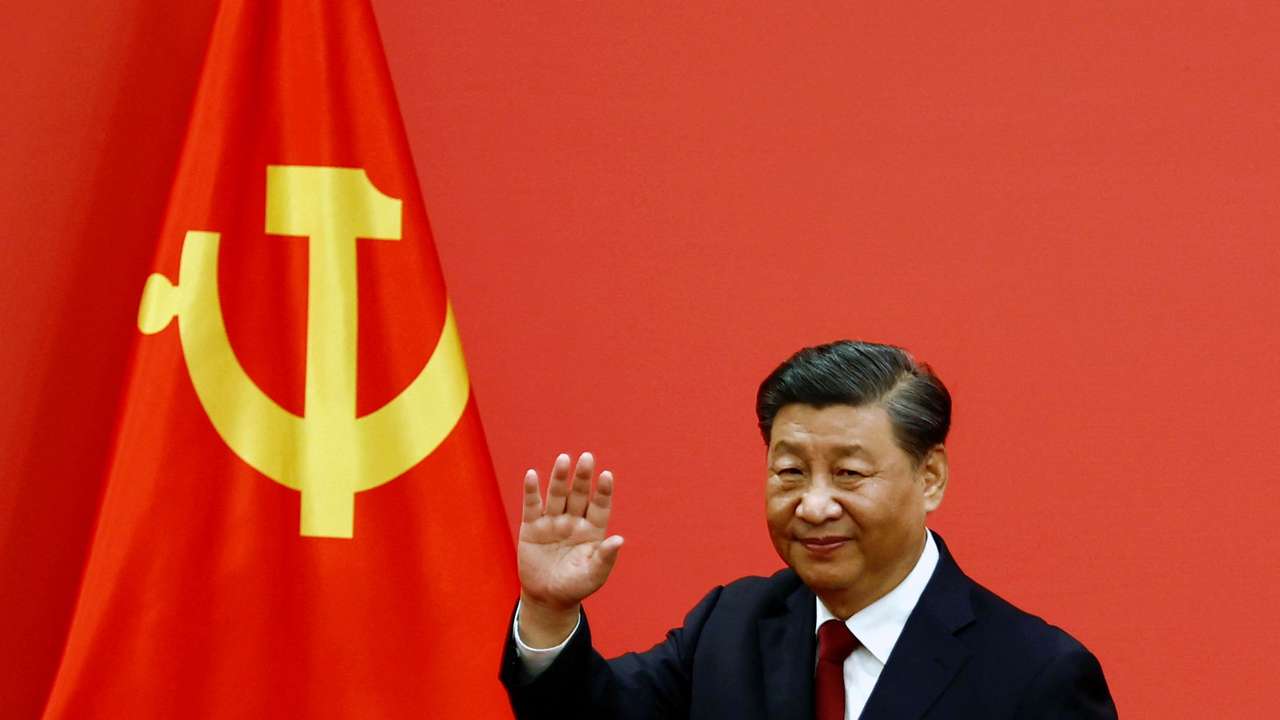2027, 2049: Two dates driving China’s race for supremacy

Just as the Chinese zodiac assigns meanings to particular dates, Beijing’s path toward global military and economic dominance is tethered to two years drawn from its own history: 2027 and 2049.
Global South World spoke with Pulitzer Prize-winning Philippine defence journalist Manny Mogato from the Philippines to examine why these dates have become critical markers in China’s ambitions to “reunify” with Taiwan, surpass Washington, and thrust itself to the top of the world order.
2027
Earlier this year, senior US military officials sounded the alarm over China’s plans to modernise its military — the People’s Liberation Army — allegedly to a level capable of a Taiwan invasion by 2027.
While some experts believe a more realistic date for a US-China confrontation over Taiwan is closer to 2030, the initial deadline is not without meaning for Beijing.
Year 2027 marks the 100th anniversary of the founding of the People’s Liberation Army, which is why, according to Mogato, “it's a very important and significant date to unite all Chinese territories into the mainland by 2027.”
The People’s Liberation Army was established decades before the People’s Republic of China itself, founded by the Chinese Communist Party in 1927 as the “Chinese Workers’ and Peasants’ Red Army.”
It emerged amid the period of “White Terror”, when the ruling Nationalist Party, or Kuomintang, launched a bloody purge that killed thousands of communists and their supporters.
From those beginnings as a guerrilla force, the People’s Liberation Army has grown into the world’s largest standing military, with around 2 million active personnel as of 2024, according to the International Institute for Strategic Studies.
It also commands the largest navy in the world by number of ships, an advantage in any potential conflict over Taiwan’s surrounding waters.
2049
Beyond 2027 lies a grander target for Beijing and President Xi Jinping.
Now in his third term, Xi has vowed that by 2049, the centenary of the People’s Republic of China, Beijing will “lead the world in terms of composite national strength and international influence.”
Tying that ambition to the year 2049 is rooted in history. In 1949, the Communist Party won the Civil War and Mao Zedong declared the founding of the People’s Republic of China, forcing the Nationalists to retreat to Taiwan.
Xi’s 2049 vision calls for China to become a “great modern socialist country in all respects,” a goal that implicitly demands surpassing the United States not only in military might but also in economic power.
“Beyond 2027, China has an ambition to overtake the US as the No. 1 economic and military power by 2049,” Mogato said. “Why 2049? It’s the 100th anniversary of the Communist Party of China taking over Beijing after a civil war with the Nationalists.”
Whether Beijing can meet its twin ambitions in 2027 and 2049 remains uncertain. Time will tell, but both dates are already shaping the future of global power.
This story is written and edited by the Global South World team, you can contact us here.